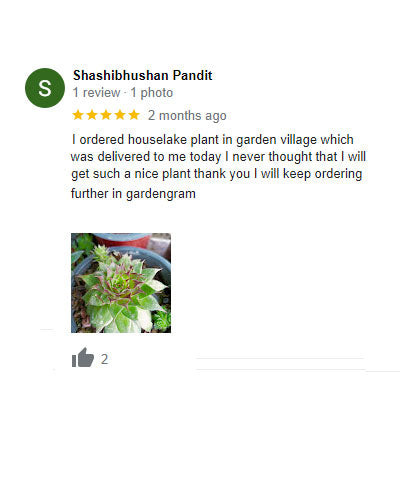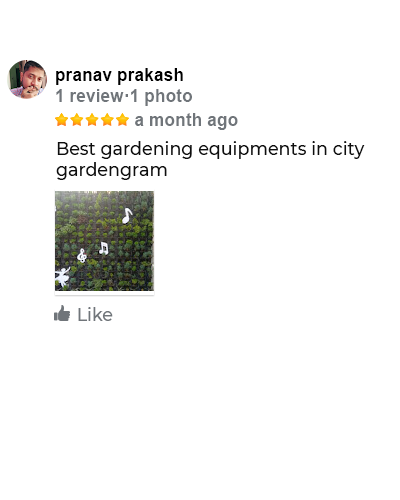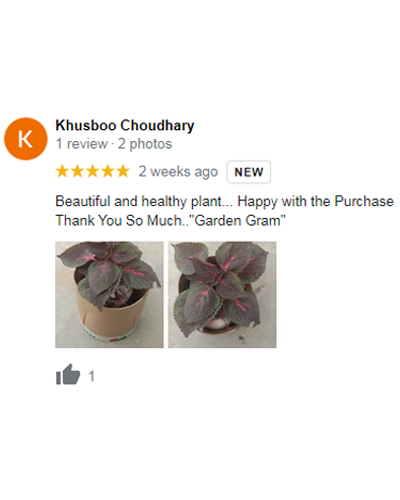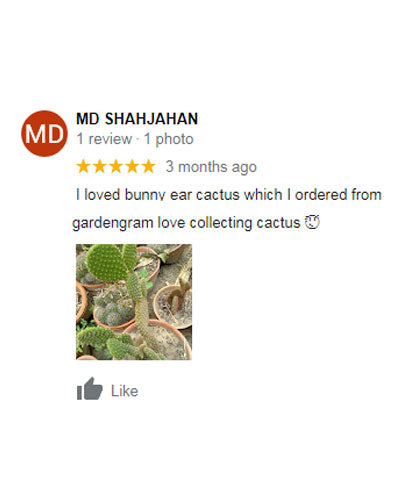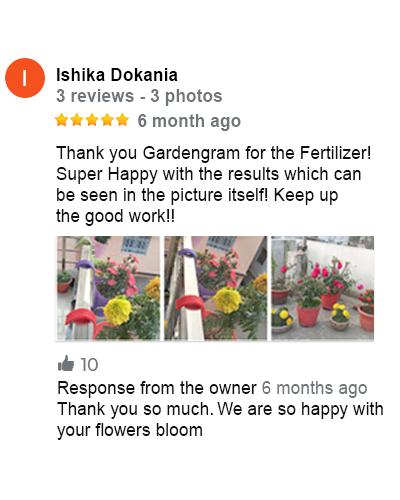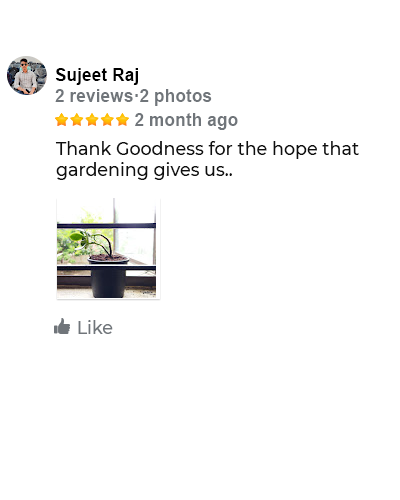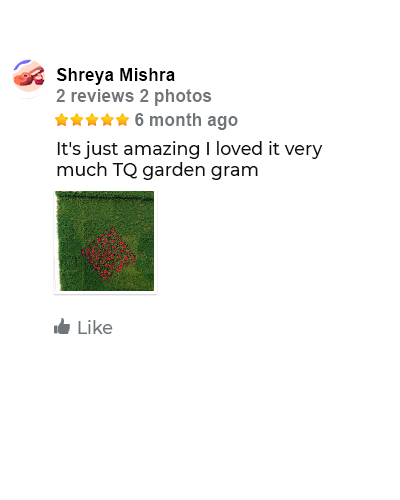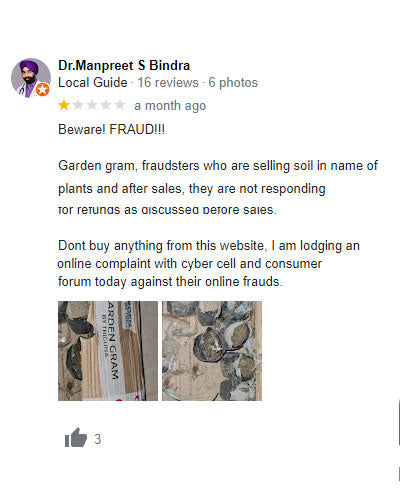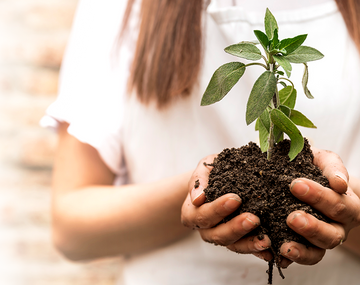Know your Soil- First Step towards Healthy Gardening
Is your Rose not smelling like it did before? Or maybe your Aloe Vera leaves are drying up. Why are your lemons not fruiting even after months of taking care? Plant problems such as these are related to sun exposure, changing seasons and unwanted pets and also with the soil in which these plants reside.
Let’s do a small know thy soil session for getting a better grasp on soil.
There are two essential factors that every gardener should be vary of when choosing soil for their gardens.

1. Level of pH
It is a scale to measure the acidity or basicity, aka alkalinity, of a chemical compound. On a scale of 1-14, where 7 is neutral, anything below 7 becomes more acidic as you go down till 1. And moving beyond 7 till 14, basicity rises. Why should you know this? The soil in your home garden also has a certain pH which helps plants grow. Most home plants do well in the 6.5-7 pH range but some require a more acidic and alkaline environment to thrive. Failing to provide this environment, your little babies will not be able to access the nutritional components of their food. Adding a biofertilizer customised for your needs does the magic of making your soil the best-suited soil for a bushy mushy home garden. This is because biofertilizers have adequate amounts of nitrogen, sulfur, potassium, calcium, and phosphorus in them. They’re the plant equivalent of a bournvita.
2. Water Retention
This basically is the water holding capacity of a soil. If you are regularly watering your plants but they aren’t showing any signs of growth or you see water dripping out of the pots hanging in your balcony’s railing, it is time for a rain check. Trimming off weeds will help your actual plant derive the best from water because competition for nutrition will get over. Plus, adding homemade fertilizer from a compost every 4-6 months will make the soil rich in organic matter and hence, hold more water. Talking about improving soil quality, a biofertilizer will further aid the process. It is advisable to change your soil every year or so but if you’re not up for that hassle, simply adding an inch of this nutrition-rich matter to your soil on a quarterly interval will attract butterflies to your garden all over the year.
Every plant will not grow in every soil. Visiting a nearby nursery on weekends or reading what we share will up your gardening game as well as boost your passion for plant parenting. Until then, carry on taking care of your little ones.
Let us know your questions/concerns about soil here.





